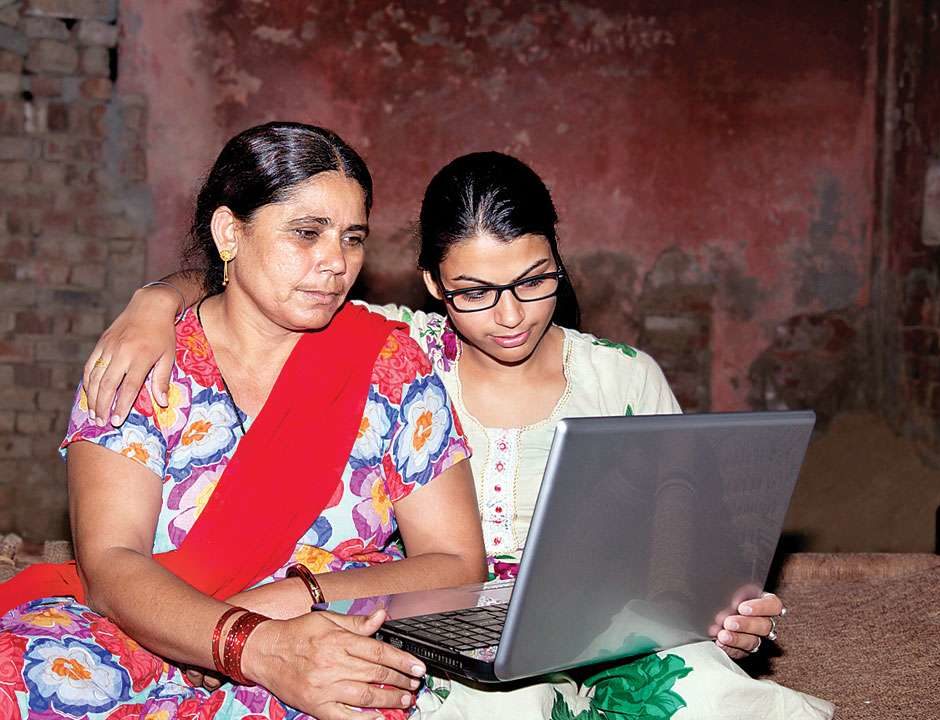In a Survey conducted last year, as part of the fifth National Family Heath Survey (NFHS), an important question was asked – “Have you used the internet?” While this question does not show regular internet usage, it does show increase in the total number of internet users in India. It also shows the disparity in internet usage amongst men and women and also between rural and urban population.
While Bihar reported the lowest percentage of women internet users (20.6 percent), Sikkim reported the highest (76.7 percent). Amongst men, Goa had the highest percentage of internet users (82.9 percent) whereas Meghalaya had the lowest percentage of male internet users (42.1 percent). The Survey did not cover all states with data collected only from 22 states, with notably Uttar Pradesh and Rajasthan amongst the large states missing from the Survey results.
The disparity between male and female internet users can be explained by offline gender disparities in education, employment and income, as per Anita Gurumurthy, executive director at IT For Change, as reported by Business Standard. Further, gender based harassment, trolling and policing online also creates negative consequences for young women, she is reported to have said.
There is also a significant improvement from the last (fourth) NFHS of 2015-16, in terms of mobile use by women. As per the fourth survey, in 2015-16, 61.85 percent women in urban areas said that they had a mobile phone, whereas in rural areas, women who reported to have a mobile phone is 36.9 percent. Two-thirds of all women are reported to be able to read messages on it.
In the fourth survey, the lowest percentage of mobile phone usage was reported by women in Andhra Pradesh at 36.2 percent. In the fifth survey, this number has increased as the lowest mobile usage is reported by women in Gujarat with 48.8 percent. There is also an improvement in the highest number of mobile usage reported from the fourth to the fifth survey. While, in the fourth survey, the highest percentage of mobile phone usage was reported by women in Kerala with 81.2 percent; in the fifth survey, women in Goa have reported the highest percentage at 91.2 percent.
Both the fourth and fifth survey shows that the ownership of mobile phones went up with the age and wealth of women, but the ability to read messages declined with age. Overall, there needs to be systematic attempts at improving digital enablement of women in both rural and urban areas, especially in the post COVID world where most services, private and public are going to be increasingly carried out via online mode. This requires improvement in regularity of internet usage and also focus on creating safe environment, effective reporting and dispute resolution along with enough infrastructure for more and more women to get online.


